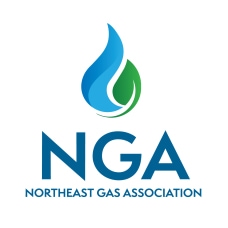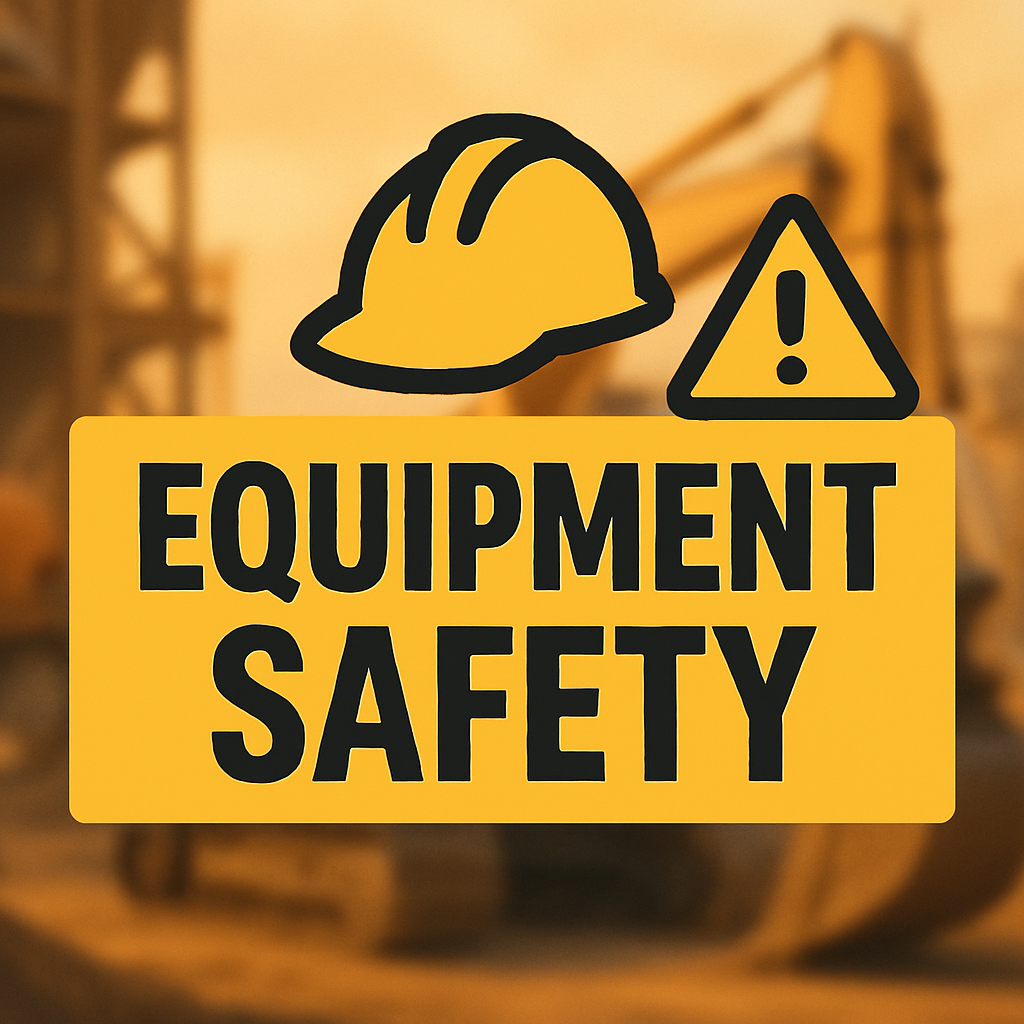PSMS Lessons Learned - Equipment - April 2025
Understanding equipment use procedures and fit-for-purpose application of equipment, particularly for tools and equipment infrequently used in the field, is key to avoiding unintended consequences and minimizing risk.
Understanding the operating procedures and fit-for-purpose use of new or infrequently utilized equipment during pipeline hydrotesting is vital for safety, pipeline safety compliance and conformance with API RP 1173 (Pipeline Safety Management Systems). Specifically, API RP 1173 emphasizes risk management (Section 8), requiring operators to identify and mitigate risks associated with equipment performance (this includes your tools and equipment utilized in day-to-day operations!). When pressure testing pipelines, a complete understanding of tools, equipment and associated operating procedures ensures accurate pressure control and reliable test results, preventing failures, leaks, or accidents. This supports a robust safety management system by reducing uncertainties, ensuring compliance, and protecting personnel and the environment.
Description of Event:
While preparing for a hydrostatic pressure test of a segment of piping, a technician inadvertently left the water pump on, resulting in an over-pressurization of the section of pipe, causing a breach of containment and release of water from the pipe segment to the environment.
Key Causal Factors and Root Cause(s):
- Primary Causal Factor: No pressure relief or control for the water pump while filling the pipe for a hydrotest.
- Root Cause: Management System – Standards, Policies, Administrative Controls Need Improvement (SPAC NI) – Confusing or Incomplete
- Root Cause: Human Engineering – Human Machine Interface - Controls NI
- Causal Factor: The Technician assumed pressure would not build up while the pump was idle when filling the pipe prior to hydrotest.
- Root Cause: Work Direction – Preparation – No preparation
Key Corrective Actions:
- Technicians shall fill pipe with a relief installed prior to pressurizing the pipe for testing.
- All Operations personnel and Construction Contractors responsible for hydrotesting operations shall be refreshed on pipe filling operations and pressure testing with a specific focus on the potential for over-pressurization potentially occurring during filling operations prior to applying test pressure. Pressure relief devices are required during filling operations.
- Re-evaluate pressure testing procedures relative to the proximity of pressure regulating stations, assess pipe segment fill pressures and other aspects of the procedure that may result in over pressurization risk.
- Enhance exiting operating procedures to address filling and stabilization prior to hydro test, placing controls into effect: relief at pump or assembly, and specifications for maximum fill pressure. Evaluate adding an exception for assemblies that include a fixed open end with no restricting valve or closing device that can be locked & tagged open.
- Pipeline Safety & Compliance to clarify the definition of "should" and "shall" statements use in Gas Work Methods.
- Engineering shall provide filling equipment maximum relief pressure.
- Designate an individual to monitor pressure gauge during fill operations.
- Filling plan shall include requirements to be covered during job briefing review, including a walk-down of the job and equipment to be utilized.
- Operations & Contractors complete a filling operation plan prior to Hydrotest filling.
- Prior to pipe segment filling operations, Operations & Contractors shall review filling equipment on-site during pre-job brief – specifically focused on “what if” scenarios associated with equipment malfunction and the potential for over-pressurization during filling operations.
Key Lessons Learned:
It is critical for employees and contractors to review and understand the capabilities of new or infrequently used equipment to avoid unintended consequences. Equipment should be inspected, tested and evaluated for its intended purpose or given a “dry run” before use on site to validate and understand operation. Expect the unexpected, particularly in situations where complacency may result from routine use of equipment or procedures, always take the time to conduct meaningful job briefs including review of equipment safety devices and walking down the job to reduce event risk.


